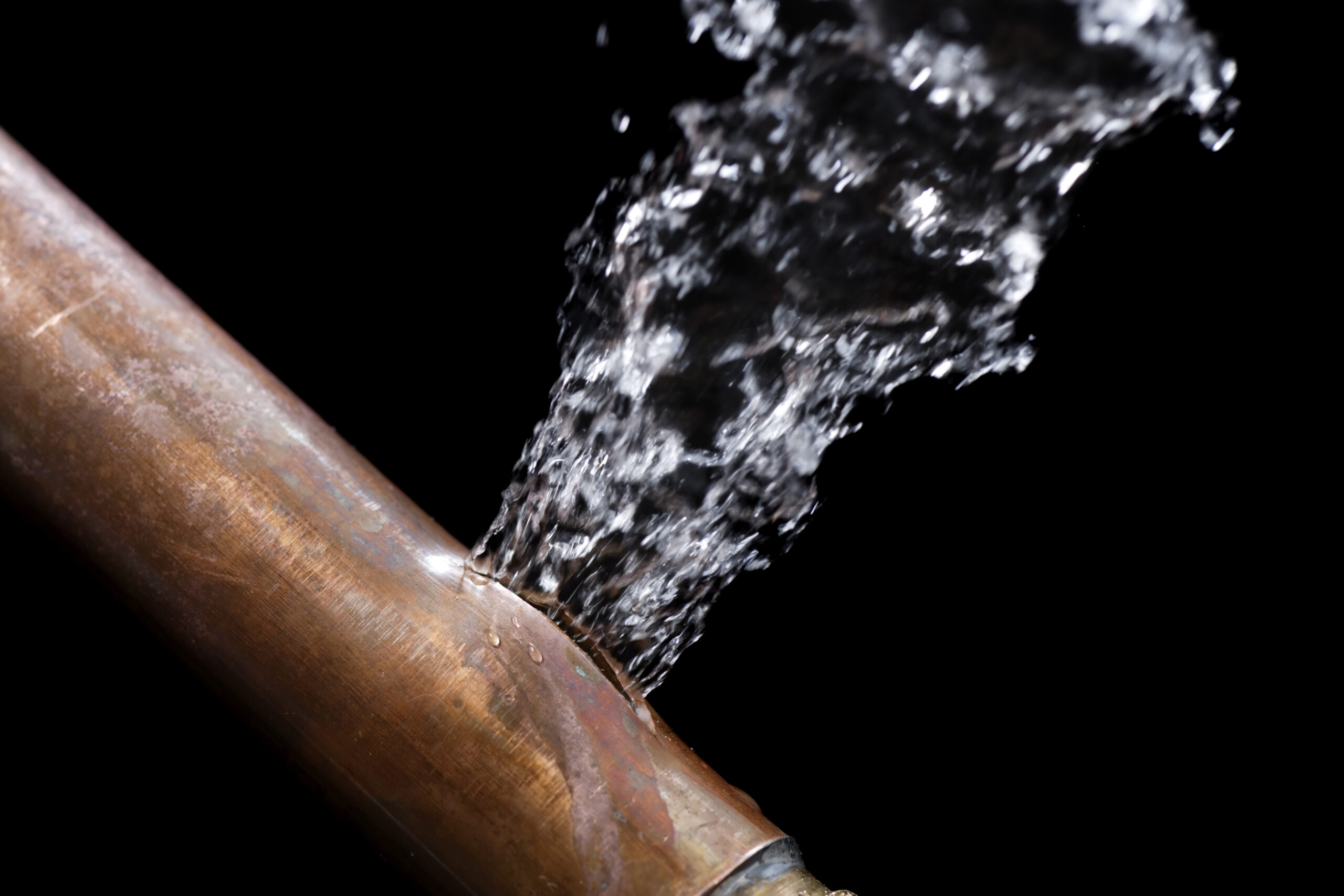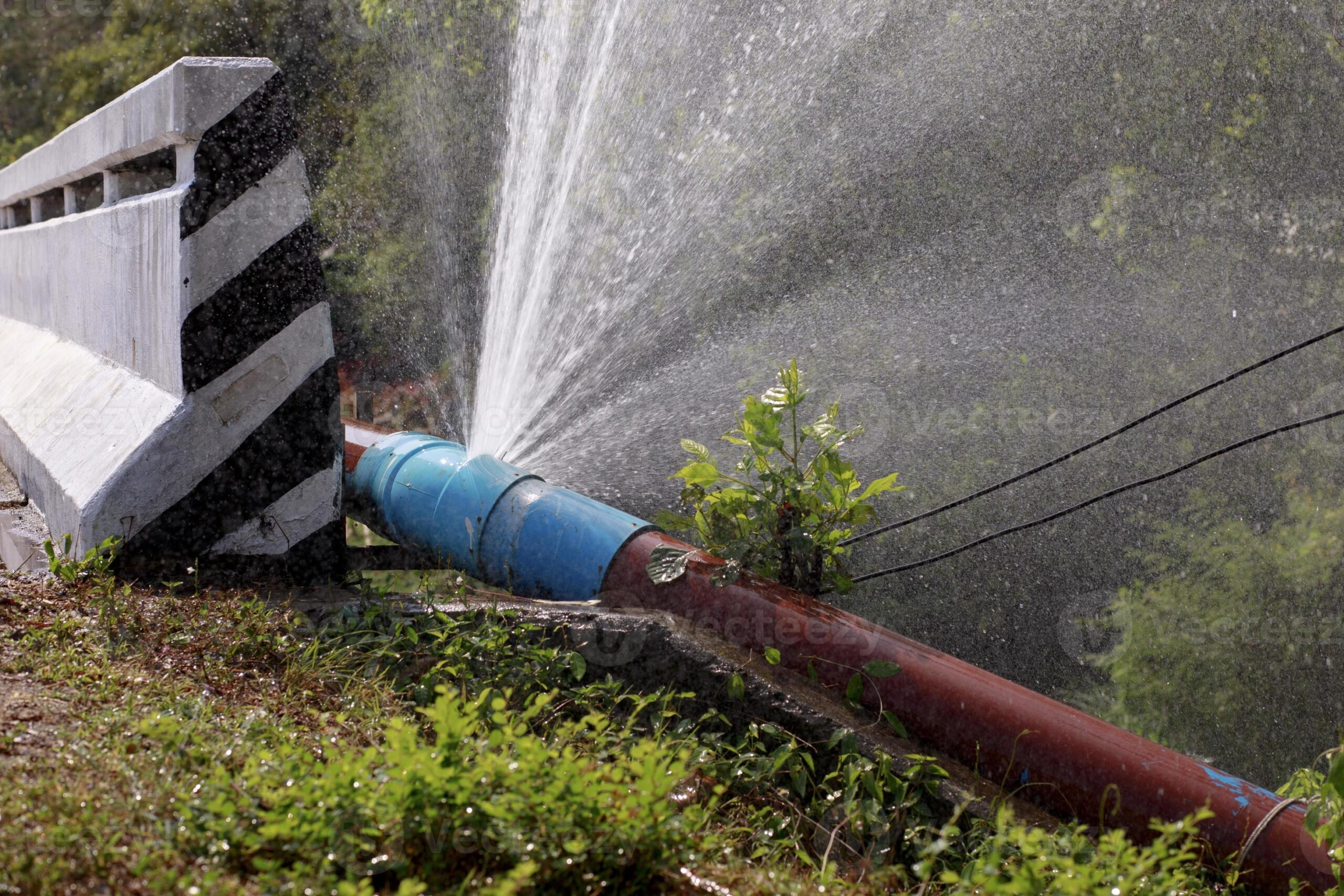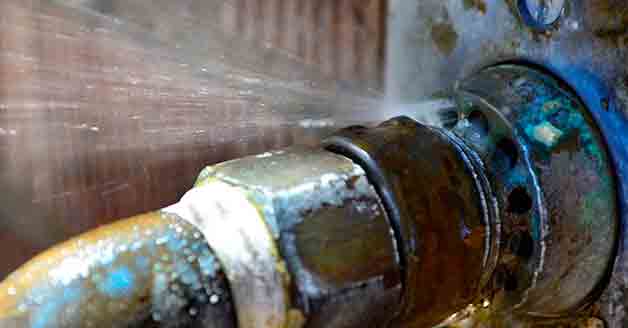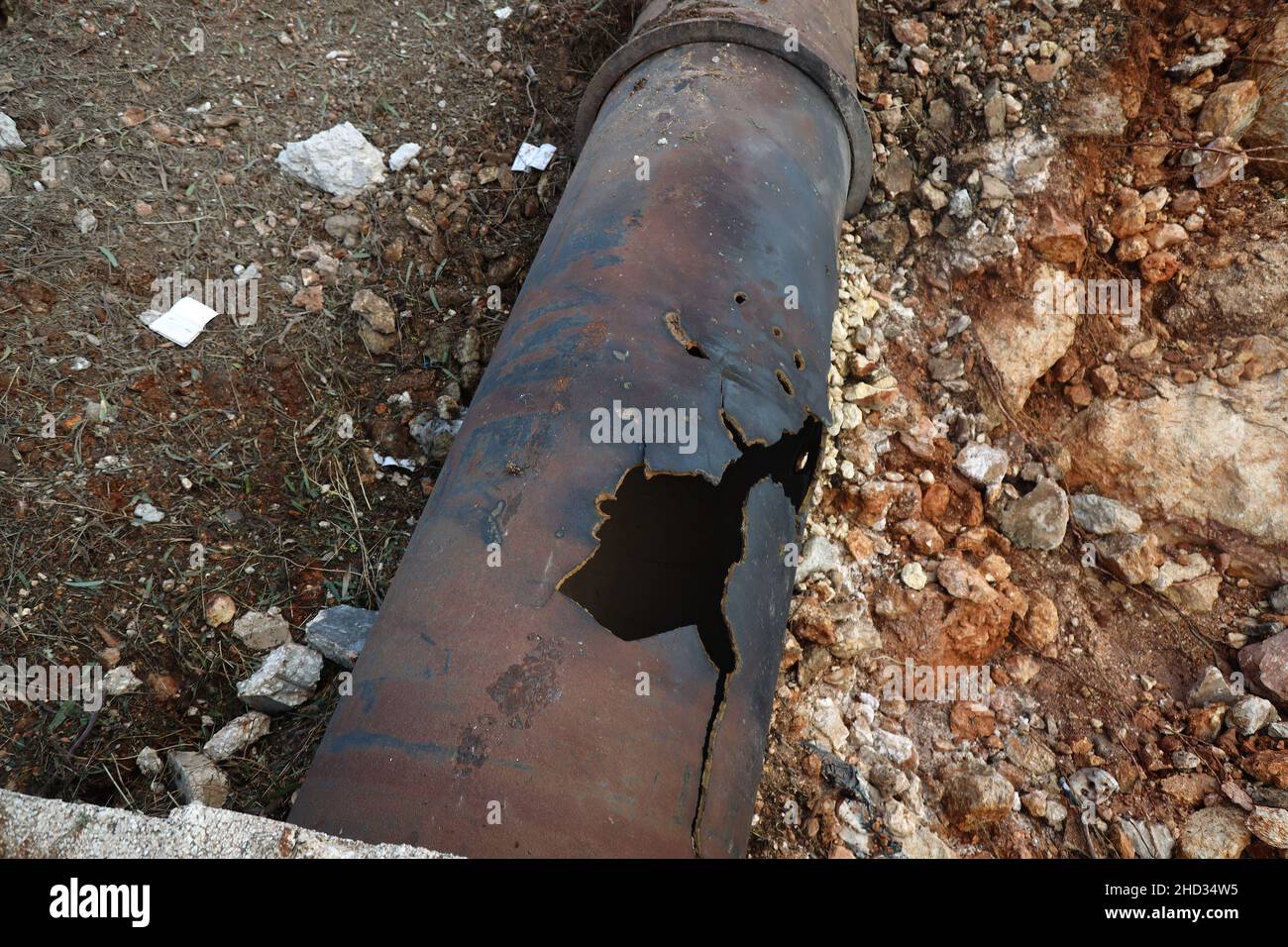Signs Your Water Pipes Need Replacement

Water pipes are essential components of any home’s plumbing system, ensuring the safe and efficient delivery of water. Over time, pipes can deteriorate, leading to leaks, water quality issues, and costly damage. Recognizing the signs that your water pipes need replacement can save you from expensive repairs and health hazards. This article explores the key indicators that suggest it’s time to replace your water pipes.
Common Signs Your Water Pipes Need Replacement

| Sign | Description | Why It Matters |
|---|---|---|
| Frequent Leaks | Repeated leaks or dripping faucets indicate pipe corrosion or damage. | Can cause water damage and increase water bills. |
| Discolored Water | Brown, yellow, or rusty water suggests rust or sediment buildup inside pipes. | Affects water quality and may indicate pipe decay. |
| Low Water Pressure | Noticeable drop in water pressure can be due to pipe blockages or narrowing from corrosion. | Impacts daily activities and signals pipe issues. |
| Strange Noises | Banging, clanking, or whistling sounds when water flows may indicate loose or damaged pipes. | Could lead to pipe bursts if not addressed. |
| Visible Corrosion or Damage | Rusty, cracked, or swollen pipes visible in basements or crawl spaces. | Structural integrity of plumbing is compromised. |
| Foul Odors | Unpleasant smells from taps can indicate bacterial growth or pipe contamination. | Health risk and water contamination concern. |
Why Pipe Replacement is Important

Replacing old or damaged pipes ensures the safety and efficiency of your plumbing system. It prevents water contamination, reduces the risk of leaks and floods, and improves water pressure and quality. Modern pipes also offer better durability and resistance to corrosion.
Materials Commonly Used for Water Pipes
Understanding pipe materials can help you identify potential issues:
- Copper Pipes: Durable and corrosion-resistant but can develop pinhole leaks over time.
- PVC Pipes: Lightweight and resistant to corrosion but may become brittle with age.
- Galvanized Steel Pipes: Prone to rust and corrosion, often requiring replacement in older homes.
- PEX Pipes: Flexible and resistant to scale and chlorine, increasingly popular in modern plumbing.
How to Inspect Your Pipes
Regular inspection can catch problems early:
- Check under sinks and around water heaters for leaks or moisture.
- Look for discoloration or rust on exposed pipes.
- Monitor water quality and pressure regularly.
- Listen for unusual noises when water is running.
FAQ
Q1: How often should water pipes be replaced?
A1: Typically, pipes last 50-70 years depending on material and water quality. Regular inspections help determine the right time for replacement.
Q2: Can I replace pipes myself?
A2: While minor repairs are possible, pipe replacement usually requires professional plumbing services to ensure safety and compliance with local codes.
Q3: What are the risks of ignoring pipe replacement?
A3: Ignoring deteriorating pipes can lead to leaks, water damage, mold growth, and health hazards from contaminated water.
Q4: Are there eco-friendly pipe options?
A4: Yes, materials like PEX and certain recycled plastics offer environmentally friendly alternatives with durability.
Conclusion
Being aware of the signs that your water pipes need replacement can protect your home and health. Regular maintenance and timely replacement ensure a reliable plumbing system and peace of mind.
This article is designed to be SEO-friendly by incorporating relevant keywords, structured content, and user-focused information to help homeowners identify when to replace their water pipes.
